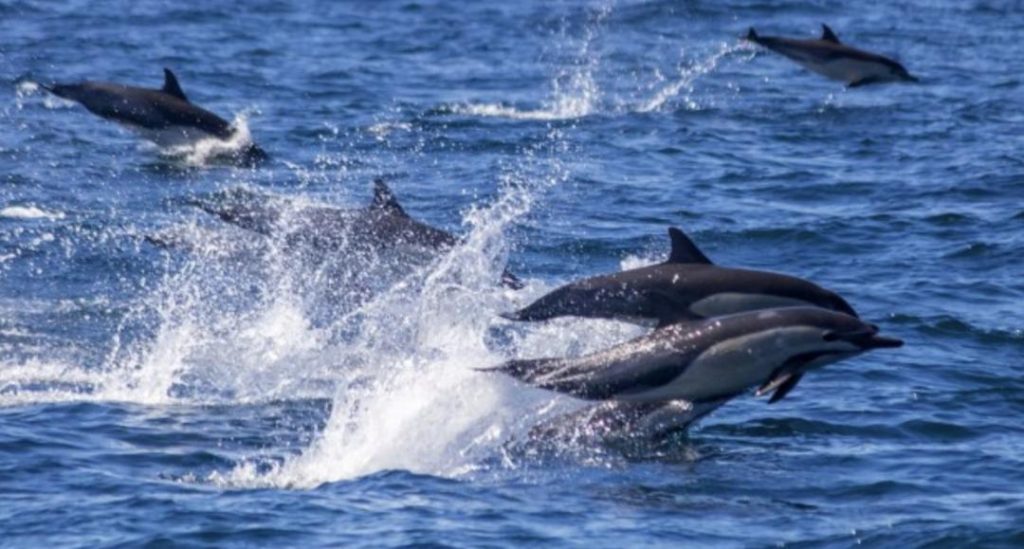
Dolphins & Whales Regularly Socialise with Each Other: Study
In a fascinating discovery, researchers from Griffith University have found that dolphins and whales regularly engage in playful and social interactions with each other. The study, published recently, analyzed videos and photographs of interactions between baleen whales and dolphins, covering 19 species across 199 separate events. The findings have shed new light on the complex social dynamics between these marine mammals.
The study, which was published in the journal Marine Mammal Science, analyzed interactions between dolphins and whales in their natural habitats, including oceans, seas, and coastal areas. The researchers found that dolphins and whales frequently socialise and engage in playful behavior, often in mutual interactions. This is a significant finding, as it challenges the traditional view that these two groups of marine mammals operate in separate social spheres.
One of the most common interactions observed in the study was dolphins swimming near the head of a whale. This behavior was observed in multiple species of whales, including humpback, minke, and blue whales. The researchers suggested that this behavior may be a way for dolphins to communicate with whales, or even to playfully interact with them.
Bottlenose dolphins were found to be the most involved dolphin species in these interactions, with over 40% of the observed events involving this species. Other dolphin species, such as spinner dolphins and common dolphins, were also observed interacting with whales.
The study also found that the frequency and duration of these interactions varied depending on the species of dolphin and whale involved. For example, interactions between bottlenose dolphins and humpback whales were more frequent and longer-lasting than those between spinner dolphins and minke whales.
The researchers used a combination of observational studies and statistical analysis to analyze the data. They observed that the interactions between dolphins and whales were not limited to specific locations or times of year, but rather occurred in a variety of settings and contexts.
The study’s lead author, Dr. Michael Noad, from Griffith University’s School of Environment and Science, said that the findings were significant because they challenged the traditional view of dolphins and whales as separate and distinct social groups.
“This study shows that dolphins and whales are more social than we previously thought,” Dr. Noad said. “We found that they regularly interact with each other, and even play together. This has important implications for our understanding of the social behavior of these animals.”
The study’s findings have implications for our understanding of the complex social dynamics between dolphins and whales. They suggest that these marine mammals may be more social and interactive than previously thought, and that they may even engage in playful behavior together.
In addition to providing new insights into the social behavior of dolphins and whales, the study also highlights the importance of conservation efforts. As human activities continue to impact marine ecosystems, it is essential that we work to protect the habitats and behaviors of these incredible animals.
In conclusion, the study’s findings are a testament to the fascinating and complex social dynamics of dolphins and whales. As we continue to learn more about these animals, we are reminded of the importance of conservation and the need to protect their habitats and behaviors.
Source:






